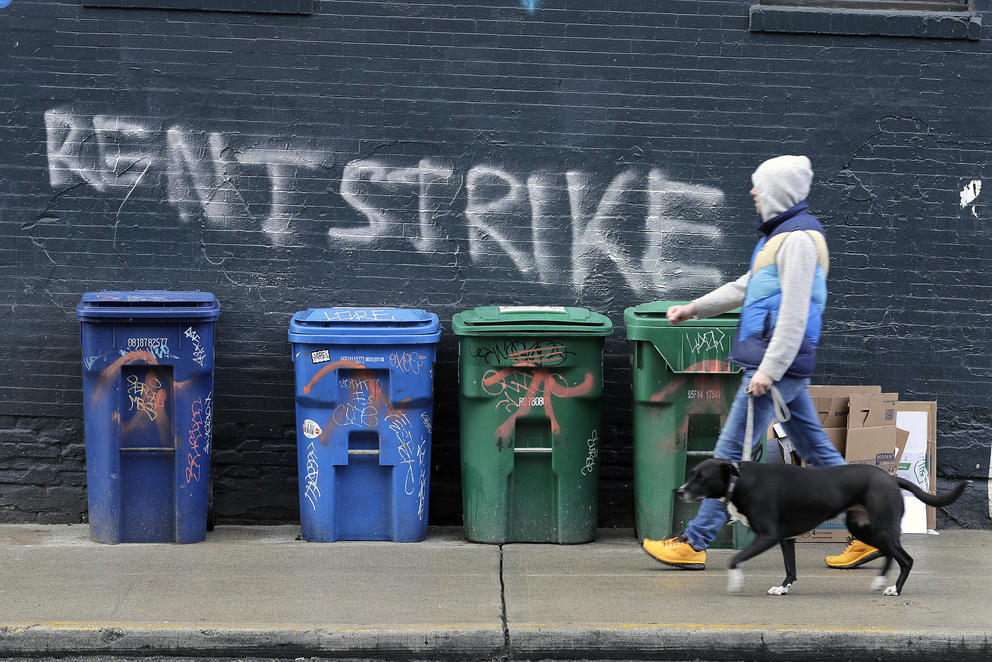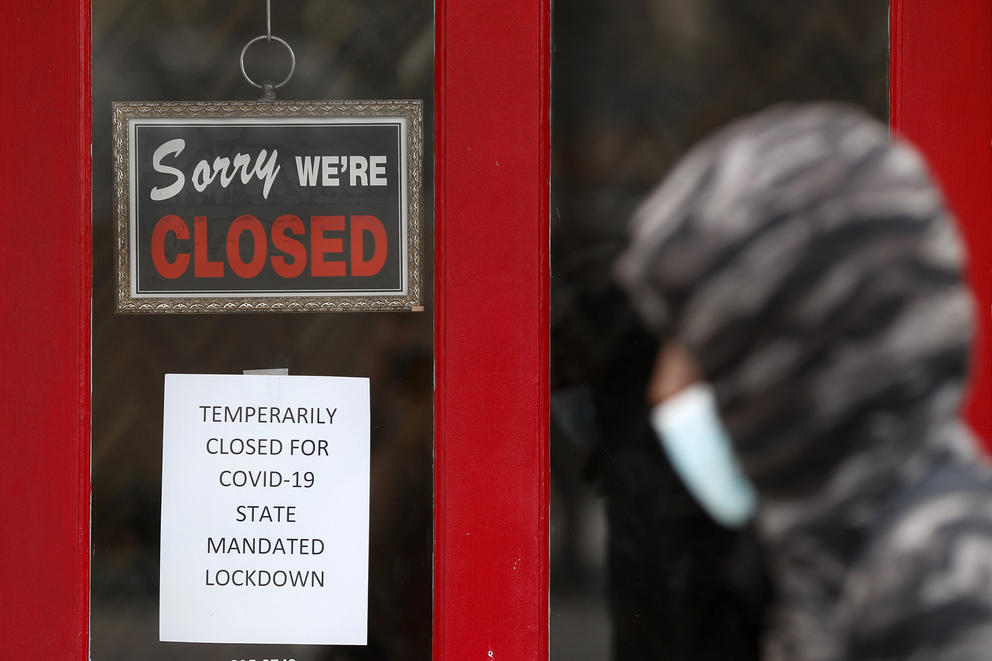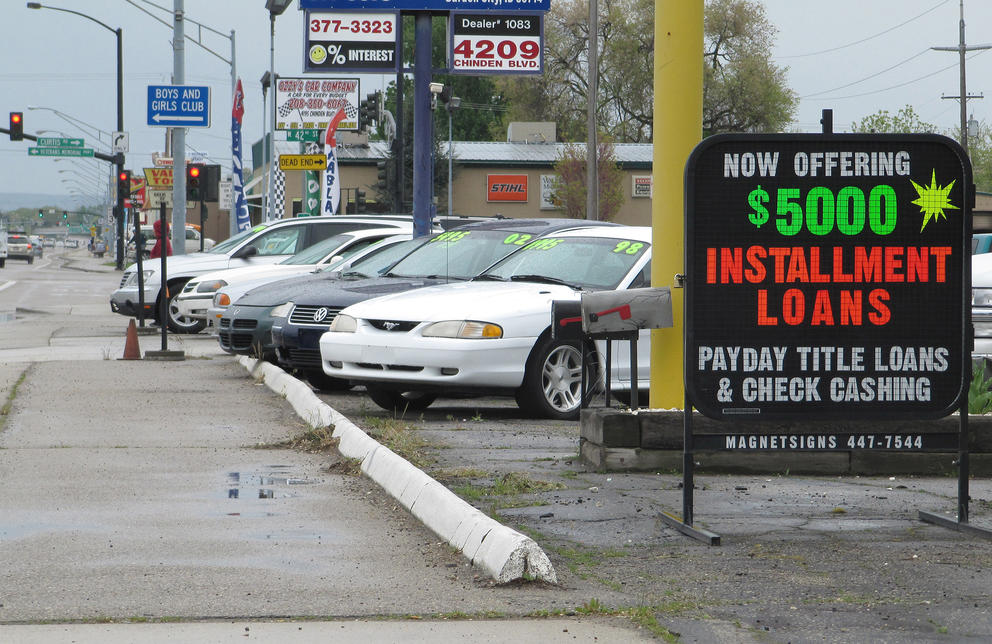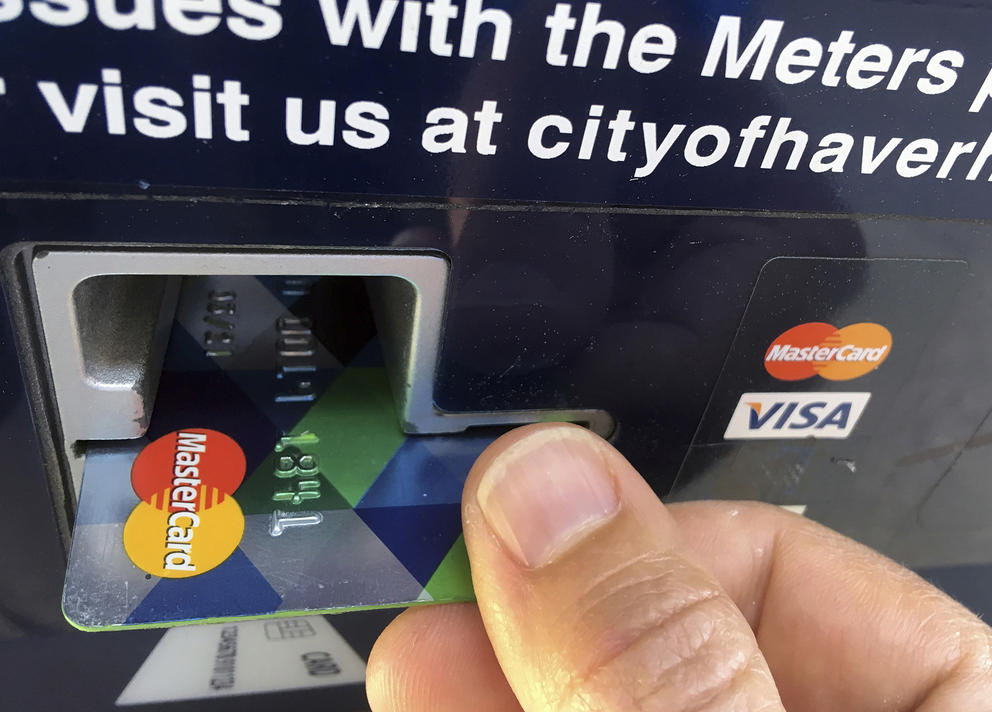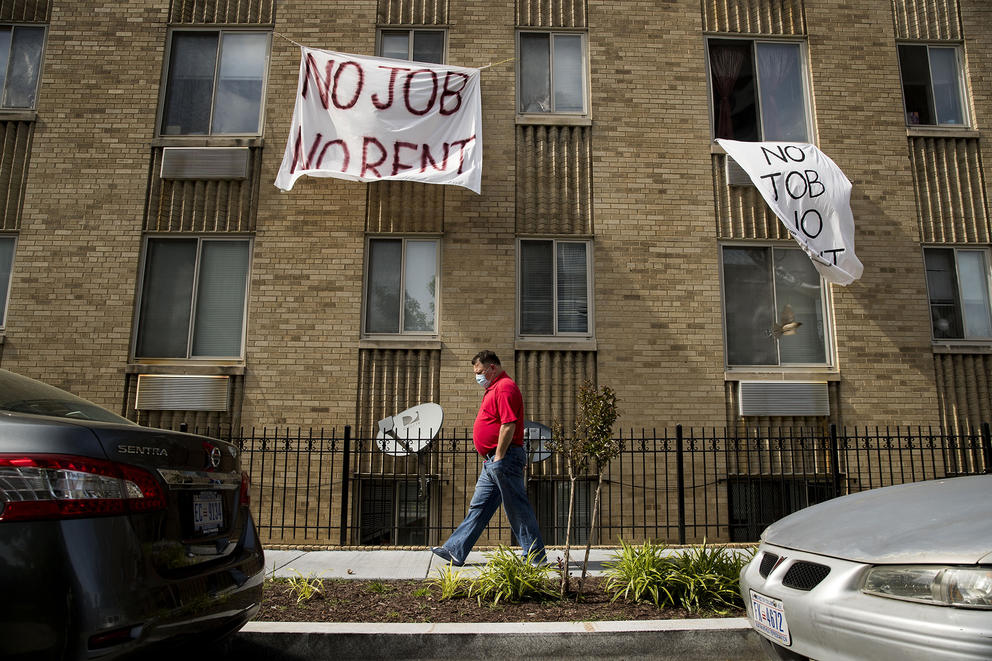He’s been trying to get unemployment for months, but the process has been slowed by a dispute with his former boss and because his name was one of many used by hackers to file fraudulent unemployment claims.
“If I choose the phone, I can’t get contacted for potential employment; if I choose the truck, I can just forget about employment forever,” he said. “So I’m going to be stuck between a seriously messed up rock and a hard place.”
If his unemployment income comes through, he said, he believes he can pay off most of the debt. But he’ll still be behind on his rent and worries that his credit score, which has already dropped 100 points, won’t recover.
“I’ve never been in a situation like this before,” he said. “I’ve never had the problem of wondering whether I’ll have the gas money to go into work if I ever get called.”
The tough questions Bobby is asking himself are on the minds of many Washingtonians. In mid-August, more than 420,000 renters in the state were surviving primarily on debt, most likely payday loans and credit cards. That was more than the number who said they were living off of unemployment.
The number, tucked inside the U.S. Census Bureau’s latest report on renter stability, is another hint among many that a quick financial rebound from the COVID-19 pandemic is unlikely, particularly for those who were on the edge even before the economy shut down. The loans may help in the short term, but as banks and lenders come for their money — a step they may not take for months or even years — the pain of high interest rates and bad credit makes digging out from a debt hole extremely difficult.
Not all 420,000 of those renters will be swamped by their debt. But at a time when the prospect of housing evictions looms on the horizon, some fear the steps renters are taking to stabilize themselves now will create new barriers to housing in the long term.
“Lower-income, middle-income, fixed-income renter households are going to have really significant setbacks for many, many years if something doesn’t change quickly,” said Michele Thomas, policy director of the Washington Low Income Housing Alliance.
The census data does not explore the circumstance that led to renter debt. Without the federal stimulus dollars that floated many families and businesses this spring, most believe the economic landscape would be even harsher.
But the extra help could not stave off all economic ruin. For many reasons — including being someone who is undocumented, still waiting on unemployment or not qualifying for unemployment — new safety nets put into place have not been enough.
In working with families in Bellevue, Cecilia Martinez Vasquez said she only started to hear frequently about rising household debt last month. She works with many undocumented families who cannot receive unemployment income. But in the first weeks of the shutdown, her clients believed they could white-knuckle it through a couple of months of hardship before returning to normal.
The shutdown has now stretched into its sixth month and the families she works with are getting more desperate.
“We started seeing delays in rental payments, and we were getting more phone calls from city residents and families saying they were a month behind, two months behind,” Martinez Vasquez said. “We had a handful of families saying they were five months behind.”
Because of the state’s eviction moratorium, families have not yet lost their homes. But those families are well aware that they will have to pay their backlog eventually and that weighs heavily on them, she said. And so, more families started taking out loans to cover their rent debt, unaware that they were likely making their long-term housing prospects even worse by doing so.
“What I see is that most decisions are driven by fear — of deportation, losing housing stability, community shame, even when they are not rational,” Martinez Vasquez said. There may be rental assistance available to families, even undocumented ones, but they still fear being deemed a “public charge” or are unwilling to wait for the assistance applications to process.
“As time goes on, you notice that your debt is accumulating, you start to get more desperate,” she said. “I’m robbing Peter to pay Paul.”
Join us: We're hosting a free, live event Sept. 23 to talk about this series. See the details.
So far, the impacts of renter debt are not immediately visible. Ongoing eviction moratoriums at the city, state and, now, federal levels mean Washington has yet to see widespread images of people being removed from their homes. Additionally, according to a year-to-year comparison of court records by Crosscut, individual bankruptcy filings have actually been lower in Washington over the past six months than during the same period in 2019.
But because the short-term pain has been slightly subdued does not mean it’s not due to arrive eventually.
Scott Kinkley, who practices consumer protection law in Spokane for the not-for-profit Northwest Justice Project, said he was “alarmed,” but not surprised, to see the high number of renters using credit cards.
“The first thing people worry about is a roof over their head, food in the stomach and utilities,” he said. “If you’re desperate, you’re going to use credit.”
The negative repercussions of those decisions are likely to be delayed, he said. Even if borrowers start receiving letters and phone calls from their banks or lenders, the most serious consequences may not appear for months or even years. “Folks who default on their credit cards typically don’t see consequences in the form of litigation for quite a while afterwards,” he said.
In the meantime, the hole renters may find themselves in can easily go deeper. Interest rates will be high and, as their credit scores take hits, everything from housing to car payments is likely to become more expensive.
“Everything costs more when you’re poor, and everything costs more when you’re in debt,” said Kinkley.
Dalton Chase Farr started a job at the Holiday Inn in Yakima earlier this year, shortly after leaving his service at Naval Base Kitsap in Bangor. He figured working for a chain hotel would allow him to travel more easily — to Thailand, specifically — and possibly pick up work along the way.
But after just three weeks and one paycheck, he was laid off as Yakima County shut down and tourism dried up. He’s been fighting for unemployment and his account with the state Employment Security Department says he’s been approved, but he still hasn’t received anything.
Meanwhile, he said he has accumulated a huge amount of debt — up to $20,000. It’s so much that even if he receives back pay from unemployment, it won’t cover everything. He’s still housed, but he worries about what happens when the COVID-related backstops against eviction start to fall away.
“I have been looking at bankruptcy, but that’s not what I want to do at all,” he said.
Signs that read "No Job No Rent" hang from the windows of an apartment building, May 20, 2020. The pandemic has shut housing courts and prompted authorities around the U.S. to initiate policies protecting renters from eviction. But not everyone is covered, and some landlords are turning to threats and harassment to force tenants out. (Andrew Harnik/AP)
The once optimistic visions of a “V-shaped” recovery have started to be replaced by what some experts call a “K-shaped” recovery — in which those who were doing OK rebound quickly while those living on the edge plunge into even worse circumstances.
“I think the divide right now is just so striking,” said Thomas with the Washington Low Income Housing Alliance. “I’d venture to guess that it’s profound in how extreme it is. There are people out there upbidding the price of a home while there’s tons of people struggling to keep a roof over their heads.”
For those on the downward line of the K, they are left with what Thomas called “impossible choices.”
“Do I take this action today that leaves a roof over my head but could deny me from housing in the future?” she said. “That’s a horrible gamble to make.”

